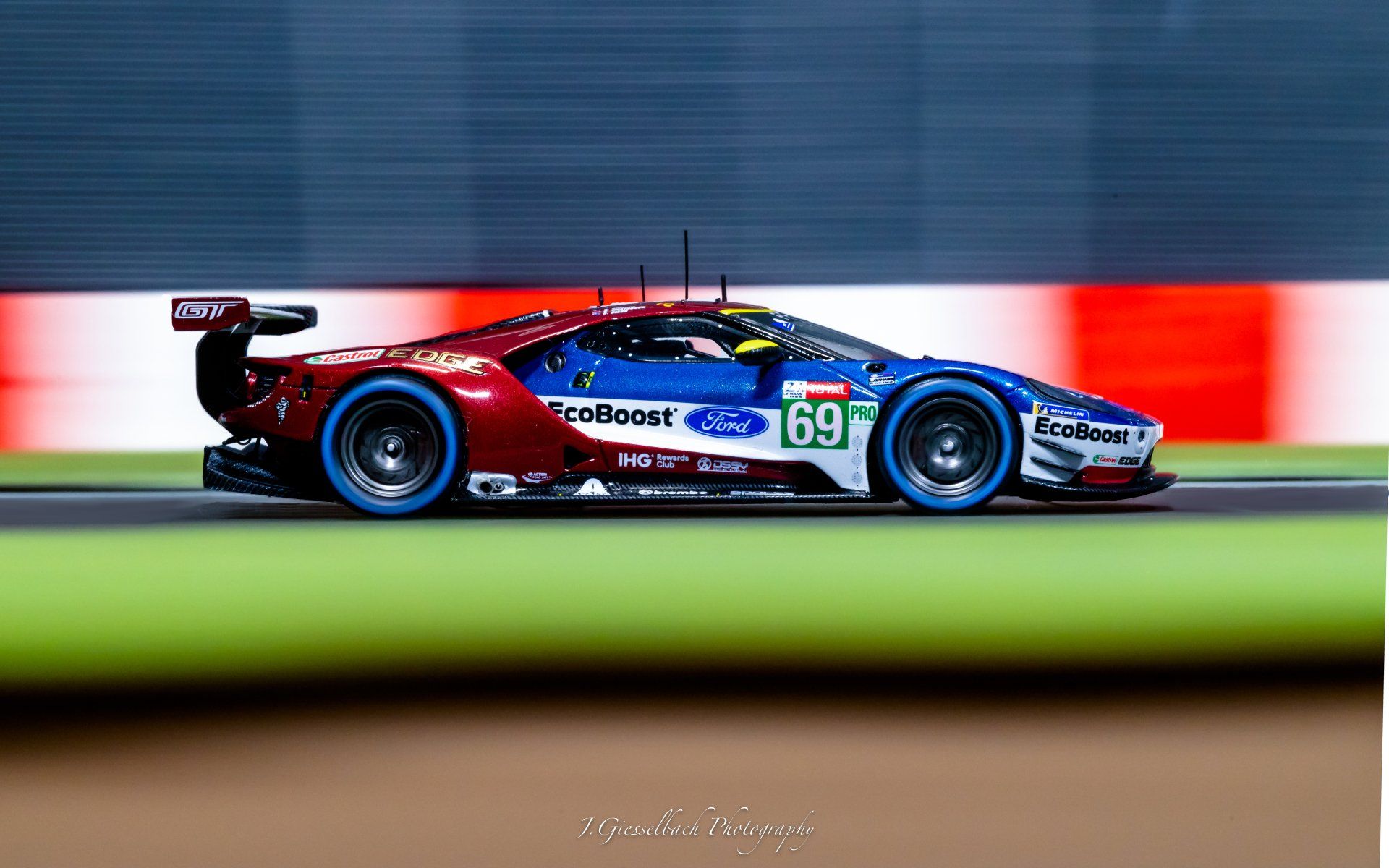Water sports photography
Action on water

Photographing water sports can be a challenging and rewarding experience. Whether you're capturing the grace and power of a surfer riding a wave, the speed and agility of a wakeboarder, or the serene beauty of a paddleboarder gliding across a calm lake, there are a few key things to keep in mind to ensure that you get the best possible shots.
First and foremost, it's important to understand the sport you're photographing. Take the time to watch the athletes in action and learn about the different maneuvers and techniques they use. This will help you anticipate the action and be in the right place at the right time to capture the most interesting and dynamic shots.
When it comes to gear, a waterproof camera or housing is a must. Not only will this protect your equipment from the water, but it will also allow you to get closer to the action without worrying about getting splashed or dunked. A wide-angle lens is also a good choice, as it will allow you to capture the entire scene and give a sense of the surroundings. A zoom lens can also be helpful for getting tight shots of the athletes.
Lighting is also an important consideration when photographing water sports. Early morning or late afternoon light will provide the most interesting and dynamic lighting, with long shadows and warm colors. Overcast days can also be a good option, as the clouds will diffuse the light and create a soft, even illumination.
When it comes to composition, try to capture the sense of motion and speed in your shots. Use leading lines to guide the viewer's eye through the image, and look for interesting patterns and textures in the water. Also, pay attention to the background and try to keep it uncluttered, as this will help to make the athletes stand out.
Another important aspect of photographing water sports is timing. Try to capture the moment of peak action, such as when a surfer is at the top of a wave or a wakeboarder is doing a trick. Use a fast shutter speed to freeze the action, and experiment with different shutter speeds to see how it affects the motion blur in your shots.
Lastly, be safe. Always be aware of your surroundings and the athletes, and never put yourself or your equipment in danger. Remember that the most important thing is to have fun and enjoy the experience.
In conclusion, Photographing water sports is a challenging and rewarding experience that requires knowledge of the sport, proper gear, attention to lighting and composition, and timing. It's also important to be safe and have fun while doing it. Remember that by following these tips and experimenting with different techniques, you can capture stunning and dynamic images that truly capture the excitement and beauty of water sports.








